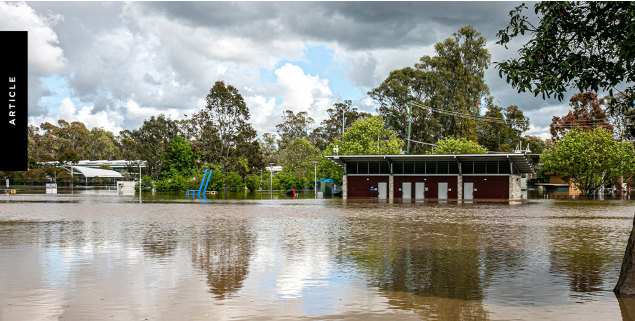Rising Waters, Rising Premiums
In October 2022, Shepparton in Northern Victoria faced one of its worst floods in living memory. Floodwaters surged through homes, farms, and businesses—even those that had never flooded before. The disaster didn’t just damage properties; it reshaped how insurers approach flood insurance in Australia.
One Shepparton couple saw their premium jump from $750 to $17,000 in just two years—even though their property didn’t flood. Why? Insurers reclassified their postcode as high-risk, showing that climate risk now outweighs personal claims history in many cases.
Climate Events Are Reshaping the Insurance Industry
Shepparton’s story reflects a much larger shift across the country. In 2022, floods across eastern Australia caused $7 billion in insured losses. That same year, home insurance premiums climbed by 14%—the sharpest spike in over a decade.
Insurers are reacting to:
-
More frequent and intense natural disasters
-
Soaring rebuild costs due to rising material prices
-
Increased reinsurance costs passed directly to customers
As a result, insurers are adjusting premiums, tightening coverage, and in some areas, pulling out altogether.
When Insurers Say No
Before the floods, Greater Shepparton City Council insured its assets for $20 million. After the disaster, the council could only secure $2 million in coverage—and paid more for it. This example shows how quickly flood risk can limit coverage, even for large organisations.
The Climate Council has already identified dozens of suburbs and towns facing partial or complete uninsurability. Businesses in these areas face serious challenges.
Communities Are Fighting Back
Government and industry leaders aren’t standing still. The Insurance Council of Australia backs proactive resilience planning to reduce risk before disasters strike.
Communities are:
-
Upgrading flood defences, like levees and stormwater systems
-
Rethinking zoning to stop development in high-risk areas
-
Offering grants and incentives to improve building resilience
These changes aim to prevent damage, protect property, and make insurance more accessible.
What Businesses Should Do Right Now
Your business doesn’t need to be in a known flood zone to feel the impact. Insurers are reassessing risk based on postcode and climate data. If you rely on a physical location—like a shopfront, warehouse, or office—your insurance could be at risk.
Here’s how to protect your business:
-
Review your policy regularly: Understand what your coverage includes
-
Check your postcode classification: It may have changed
-
Take action to reduce risk: Flood barriers, raised flooring, or drainage improvements could lower premiums
-
Ask for expert advice: Don’t wait for a renewal shock
Act Before the Next Storm
Flood insurance in Australia is changing fast. Climate events are now a central factor in how insurers evaluate risk—and how they price and offer policies. Businesses that stay informed and act early will stay protected.
We’re here to help you navigate this changing landscape. Let’s review your insurance and make sure your business is ready for whatever comes next.
If you’d like to read more CLICK HERE, or contact us today.

